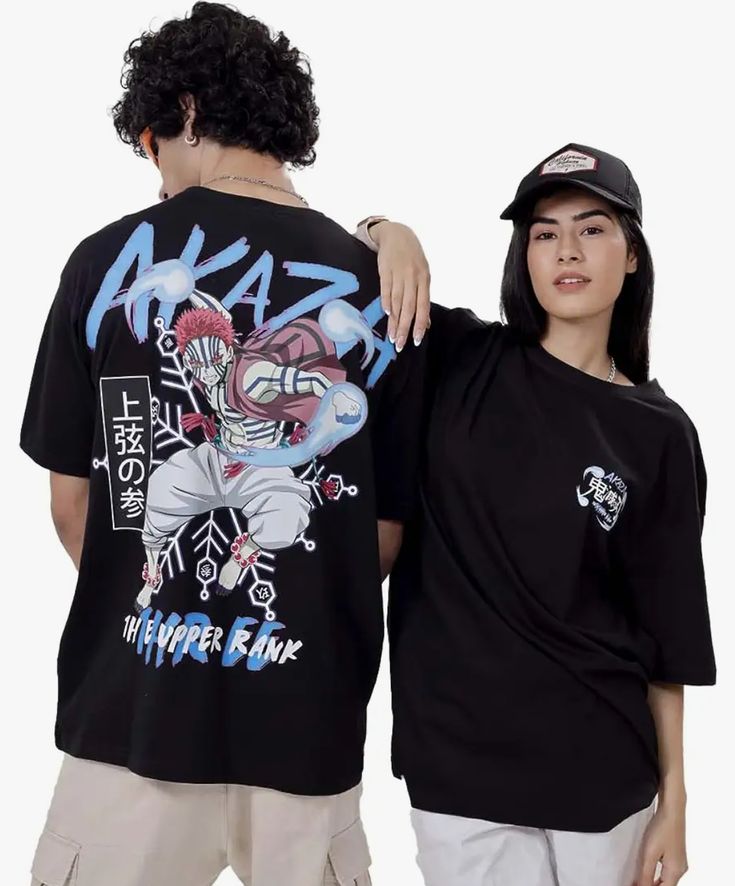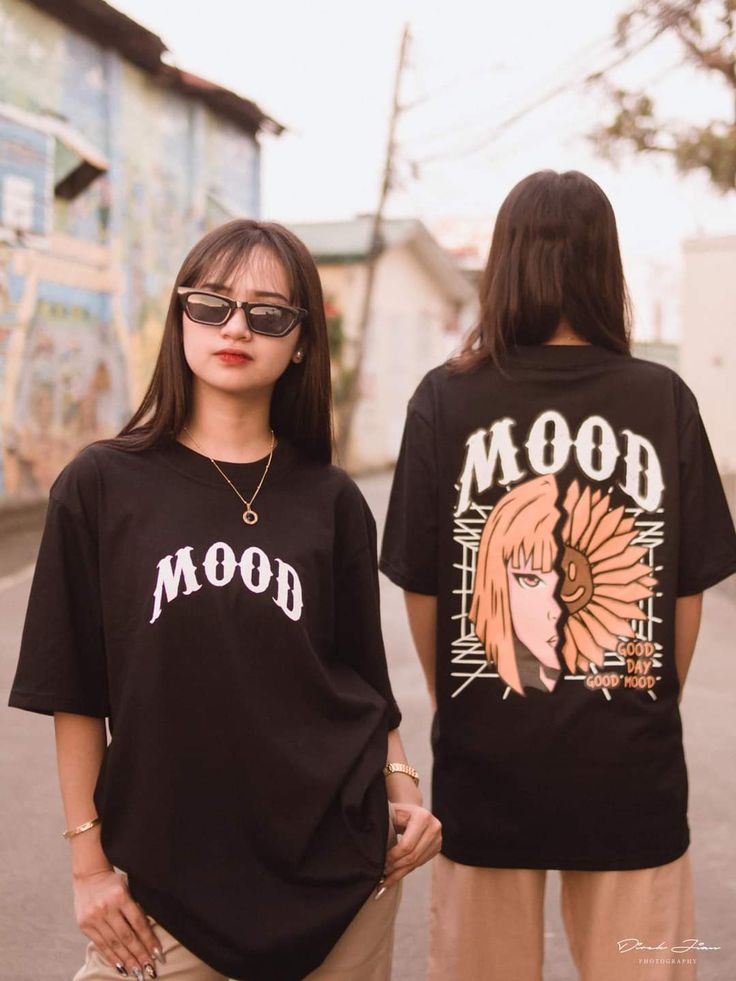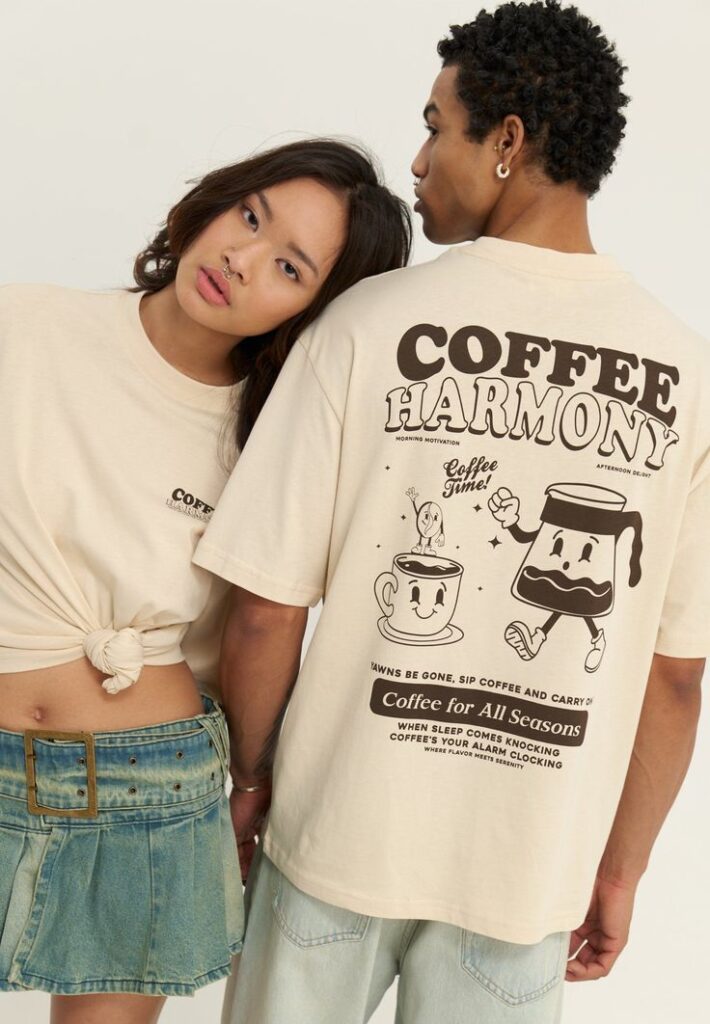Introduction
Fashion is a language that transcends words, an unspoken dialogue between body and mind, identity and imagination. It has evolved far beyond the confines of fabric and thread. What once began as a necessity—to shield, to adorn, to belong—has become a profound form of art. The modern era of dressing no longer revolves solely around garments; it celebrates self-expression, emotion, and awareness.
In this new chapter of style, fashion is not dictated by trends but guided by thought. It thrives on individuality, inclusivity, and creativity. To dress in the modern age is to curate meaning—to understand that every choice of texture, cut, and color is a reflection of who we are and what we value. The true art of dressing lies not in imitation but in authenticity, where elegance meets consciousness and simplicity meets depth.
“Beyond The Fabric” captures the essence of this transformation. It is a journey into the artistry of modern dressing—a movement that redefines beauty as balance, luxury as mindfulness, and fashion as a living reflection of our evolving humanity.
The Evolution of Style: From Function to Expression
For centuries, clothing served as armor—protecting, distinguishing, and classifying. But as civilization evolved, so did the meaning of what we wear. Garments began to symbolize identity, aspiration, and social belonging. The twentieth century introduced fashion as a form of rebellion, creativity, and cultural statement. The twenty-first century has taken it further—turning fashion into a mirror of the human spirit.
The modern dresser is no longer a passive consumer of trends but an active creator of style. Dressing is not a reaction to fashion—it is an interpretation of self. Every outfit becomes an opportunity to express mood, belief, and purpose. The future of fashion lies in this shift: from external validation to internal vision.
To dress with intention is to treat clothing as language. It speaks not just of aesthetics but of values. It whispers stories of craftsmanship, sustainability, and innovation. When you look beyond the surface, you realize that modern fashion is not about following—it is about feeling.
The Aesthetics of Modern Simplicity
Simplicity has become the new sophistication. In an era overwhelmed by noise and abundance, the most powerful statements often come from restraint. Modern dressing embraces minimalism not as emptiness, but as essence—a quiet elegance that allows individuality to shine.
Minimalist fashion is not about deprivation. It is about precision. Each garment is chosen for its purpose, its quality, and its emotional resonance. A perfectly tailored blazer, a crisp shirt, or a monochrome dress speaks a language of confidence and clarity. The fewer distractions there are, the louder authenticity becomes.
This refined simplicity reflects a deeper cultural longing for meaning. The modern wardrobe is no longer about accumulation but about curation. Fewer pieces, better made, more deeply loved—that is the future of elegance. The art of dressing today lies not in excess, but in awareness.
Sustainability as the New Luxury
Luxury has undergone a quiet revolution. Once defined by exclusivity and extravagance, it now embodies consciousness and care. True luxury is sustainability—the ability to appreciate quality without compromising ethics.
The modern fashion movement recognizes that the planet’s resources are finite and that beauty cannot exist in isolation from responsibility. Designers are pioneering with recycled textiles, organic fabrics, and biodegradable materials. Brands are embracing transparency, revealing not only how garments are made but who makes them.
Sustainable fashion is not about sacrifice—it is about respect. It values craftsmanship, durability, and emotional connection. Every sustainable garment tells a story that lasts longer than a season; it represents time, thought, and intention.
The most exquisite fabric is one that honors both the wearer and the world. In that truth lies the new art of dressing—beyond material, beyond vanity, beyond the fleeting.
Technology and the Digital Atelier
The future of fashion is being stitched with innovation. Technology is not replacing creativity—it is redefining it. From 3D modeling and AI-assisted design to digital garments and virtual fashion shows, technology has expanded the canvas of expression.
Designers today can test concepts in virtual spaces before a single thread is sewn, reducing waste while amplifying imagination. Artificial intelligence analyzes global trends, body data, and even emotional preferences to craft garments that fit both the body and the psyche.
Smart fabrics, too, are transforming the very nature of clothing. Responsive materials can adjust to temperature, light, or movement. Imagine a dress that changes hue with mood, or a jacket that adapts to the weather—fashion becomes alive, interactive, and personalized.
In this digital atelier, creativity knows no boundaries. The art of modern dressing lies in this harmony between handcraft and high-tech—between the timeless and the futuristic.
The Rebirth of Craftsmanship
As technology accelerates, humanity seeks balance. This has led to a revival of craftsmanship—a return to the handmade, the personal, and the imperfect. The modern consumer no longer craves mass production but meaning. The stitch of a hand-sewn hem, the texture of handwoven silk, or the story of an artisan’s journey gives a garment its soul.
Craftsmanship in the modern age is not nostalgic—it is revolutionary. It resists disposability. It preserves heritage while embracing innovation. Designers are collaborating with artisans around the world to merge traditional skills with contemporary vision. The result is fashion that feels alive—imbued with time, touch, and authenticity.
To dress with art is to appreciate the unseen labor behind beauty. Every thread is a trace of human effort, every pattern a piece of history. When we wear craft, we wear connection.
Personal Style as an Act of Identity
The art of modern dressing is ultimately the art of selfhood. In a world where trends change overnight, personal style remains timeless. It is a reflection of emotion, memory, and individuality.
To cultivate personal style is to understand oneself—to know what feels true rather than what feels popular. It is about dressing for your spirit, not for spectators. The rise of individuality has liberated fashion from conformity, inviting everyone to express their essence freely.
This is the age of self-definition. Fashion is not prescriptive—it is participatory. It allows for reinvention, diversity, and duality. The same outfit can mean confidence to one person and comfort to another. That ambiguity is where art lives—in the space between design and interpretation.
Modern dressing, therefore, is not about performance—it is about presence. When style aligns with self, every garment becomes a manifestation of confidence and grace.
Culture, Diversity, and the Global Wardrobe
Fashion today is a global conversation. Borders blur as cultures inspire, exchange, and evolve. From the minimalism of Japan to the opulence of India, from Scandinavian restraint to African vibrancy, modern dressing draws from a mosaic of aesthetics that celebrate diversity.
Cultural fusion has become one of the defining features of contemporary fashion. Traditional patterns meet modern tailoring; ancestral textiles are reimagined through futuristic silhouettes. Designers around the world are reclaiming their heritage, proving that authenticity never goes out of style.
In this interconnected world, fashion becomes diplomacy—it fosters understanding, curiosity, and respect. The art of modern dressing honors this diversity, weaving global narratives into personal expression. To dress globally is to dress consciously—to acknowledge that every piece carries history, meaning, and emotion from somewhere beyond the self.
Conclusion: The Poetry of Dressing
“Beyond The Fabric” is more than a philosophy—it is an awakening. It reminds us that dressing is not merely an act of covering the body, but of revealing the soul. Fashion has transcended its role as adornment to become one of the purest forms of storytelling—a poetry written in texture and tone, in silhouette and shadow.
The art of modern dressing lies in the balance between thought and instinct, innovation and heritage, self and society. It invites us to dress not just to be seen, but to be understood.
To go beyond the fabric is to embrace the invisible threads—the emotions, the memories, the aspirations—that make fashion profoundly human. Every garment becomes a verse in the story of who we are, and every day offers a blank page on which to write that story anew.
In the end, fashion’s greatest masterpiece is not found in a runway show or a boutique—it is found in the quiet confidence of those who wear their truth beautifully.



